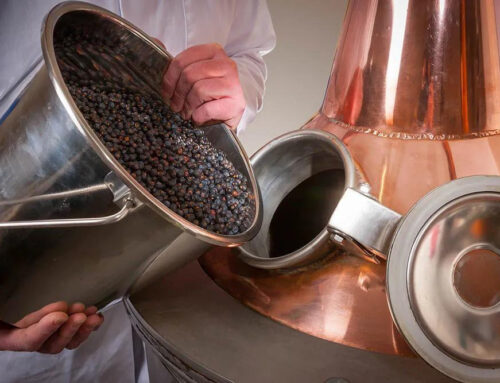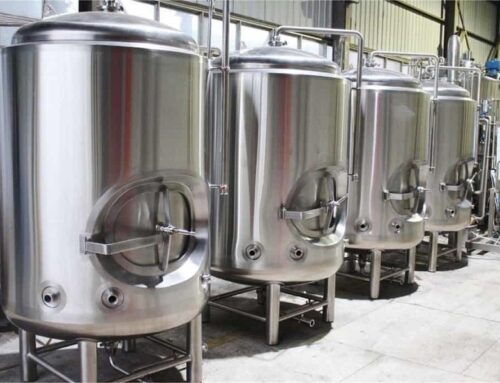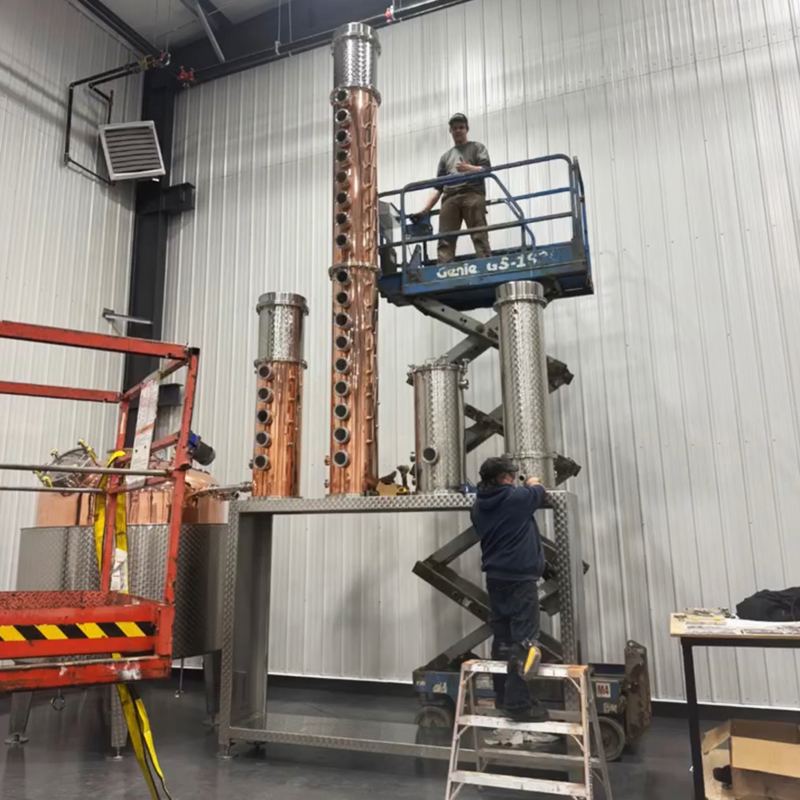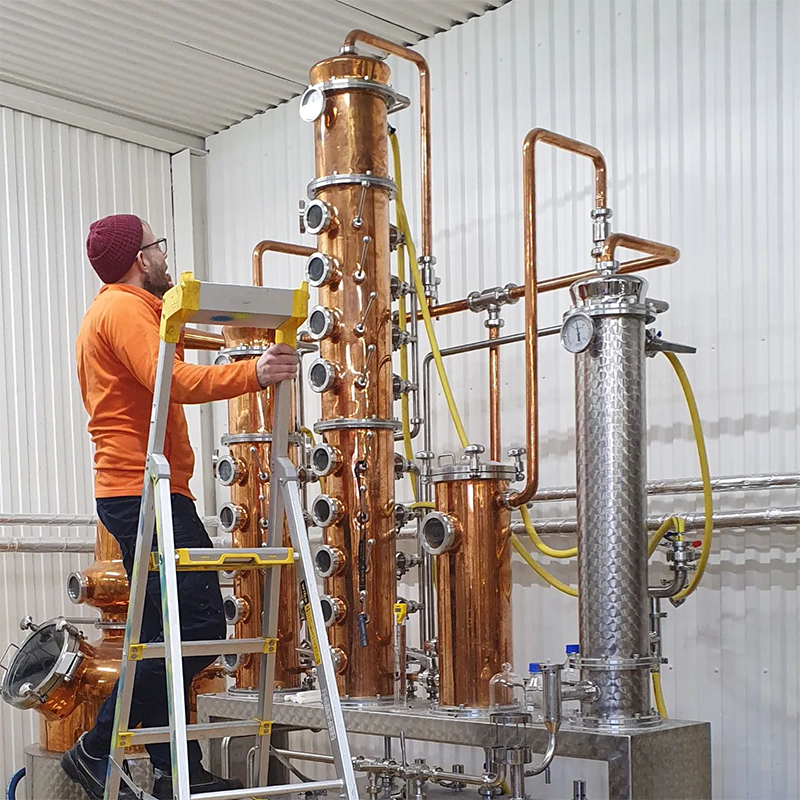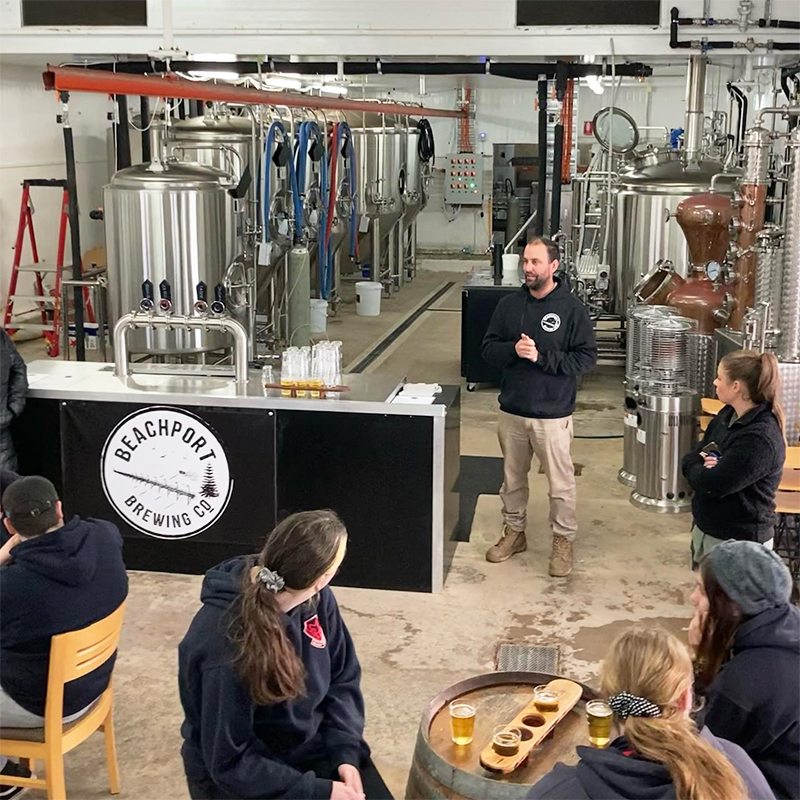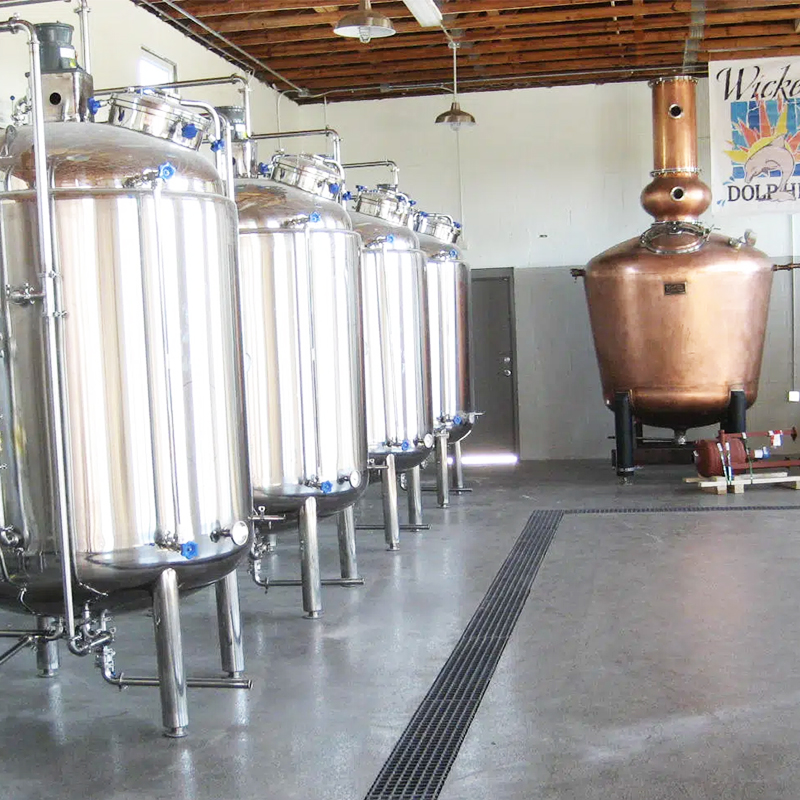
How to choose the best drainage system for your distillery
Selecting the optimal drainage system for a distillery is paramount, given the paramount importance of safety and sanitation in distillery operations. The floor drainage system plays a crucial role in maintaining cleanliness and hygiene standards.
The two primary drainage options for distillery environments are traditional trench drains and trough drains. Traditional trench drains feature a wide gutter covered with heavy grating, while trough drains comprise narrow slots without grates. Although they serve different purposes, both can effectively address drainage needs in a distillery facility.
While traditional trench drains may offer initial cost savings, they entail certain drawbacks. The heavy grates require labor-intensive cleaning procedures and the wide drainage channel openings may not be ideal for handling large volumes of liquid drainage from tanks and stills.
Conversely, trough drains may involve a higher upfront investment but can yield long-term benefits. Their grate-free design streamlines the cleaning process, and the incorporation of clean-in-place considerations enhances hygiene maintenance.
Choosing a drainage system constructed of stainless steel is essential to withstand the harsh conditions present in distillery environments. Corrosion-resistant stainless steel helps minimize bacterial growth, thereby enhancing safety within the facility.

Cleaning trench drains involves removing grates, thoroughly scrubbing drain channels, and sanitizing grates to minimize bacterial proliferation. Trough drains require simpler cleaning procedures, typically involving brush or paddle tools for debris removal along the channel.
Installation complexity is similar for both traditional trench drains and trough drains, requiring proper leveling and encasement in concrete. However, trough drains may offer ease of installation due to longer sections, reducing the time required for connection and leveling.
In conclusion, when selecting a drainage system for a distillery, it is essential to carefully evaluate the pros and cons of each option. By prioritizing effectiveness and suitability, distillery operators can make informed decisions to optimize their drainage infrastructure and maintain high standards of safety and sanitation.


